In 1824, just outside the town of Ilhavo on the outskirts of Aveiro city, and in close proximity to the Ria de Aveiro lagoons, an entrepreneur and industrial visionary by the name of José Ferreira Pinto Basto opened the doors of his new enterprise Inspired by the success of another Portuguese business, located in Marinha Grande in the Leiria district, and dedicated to the production of glass and crystal ware, Pinto Basto decided to follow suit and create his own glass, ceramics and chemical process complex.
Almost two centuries later the Vista Alegre porcelain brand created by Pinto Basto is regarded as being one of the most famous ceramic, glass and tableware designers and manufacturers in the world. So highly regarded are the products being created here that they grace the tables of presidents, monarchs and embassies, and decorate the homes of the rich and famous right across the globe.
Vista Alegre – the Art of Centro de Portugal
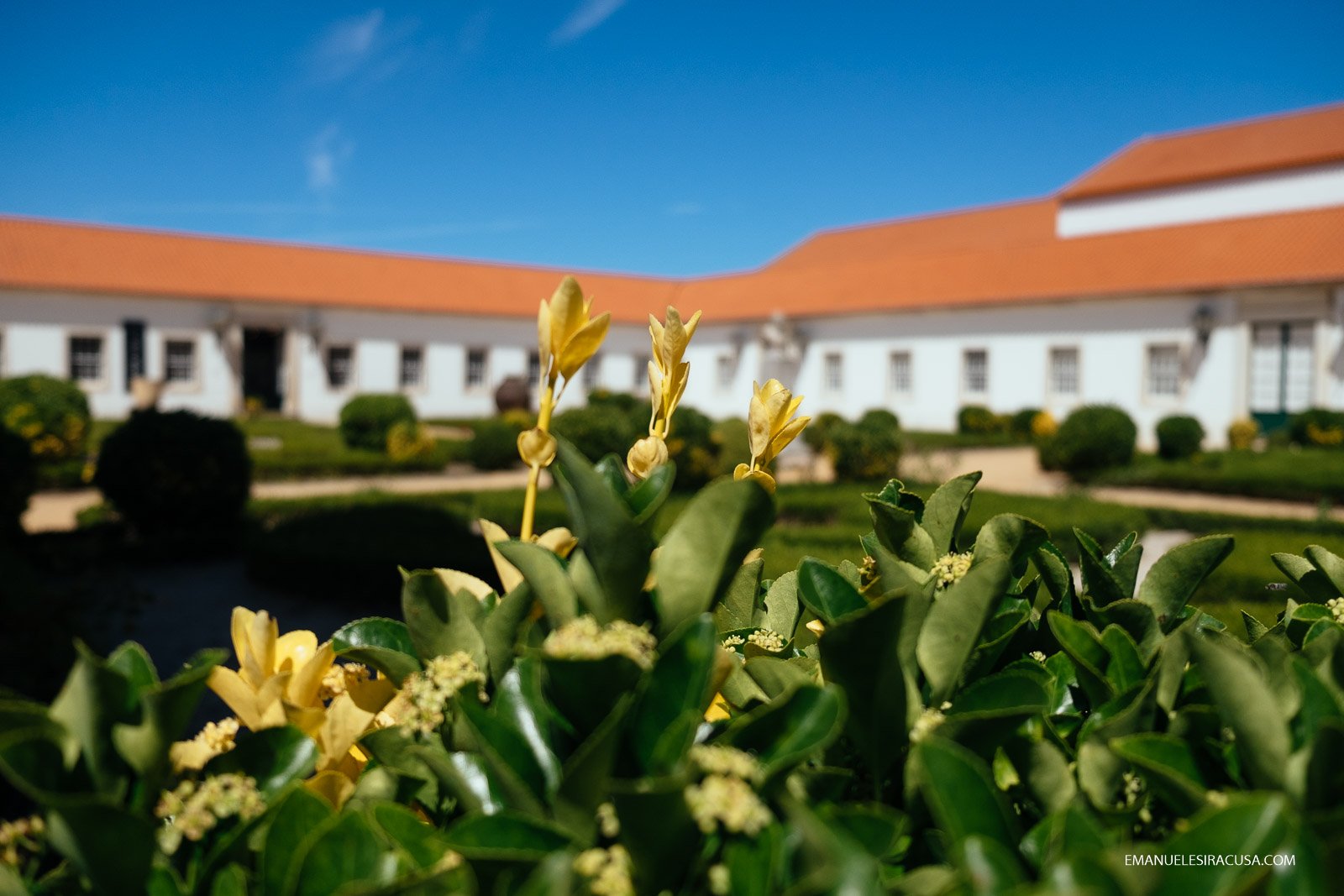 When first arriving at the Vista Alegre production works, the visitor may be excused for thinking that they have come to the wrong place. There are no signs of heavy machinery, towering warehouses, large trucks coming and going and the general industrial atmosphere which usually pervades the locale surrounding a complex employing over 600 workers.
When first arriving at the Vista Alegre production works, the visitor may be excused for thinking that they have come to the wrong place. There are no signs of heavy machinery, towering warehouses, large trucks coming and going and the general industrial atmosphere which usually pervades the locale surrounding a complex employing over 600 workers.
Instead, you are greeted by a tree-lined village square surrounded by the bucolic image of a picturesque church and a collection of neat and orderly white houses, all freshly painted with yellow window surrounds and complimentary green wooden shutters. The only nod to industry is a tall red-brick chimney, rising from behind the gated facade of what looks like a traditional Portuguese manor house. But even the solitary chimney has lost its industrial menace, on its summit a family of storks have set up home, further enhancing the notion that you may indeed be in the wrong place.
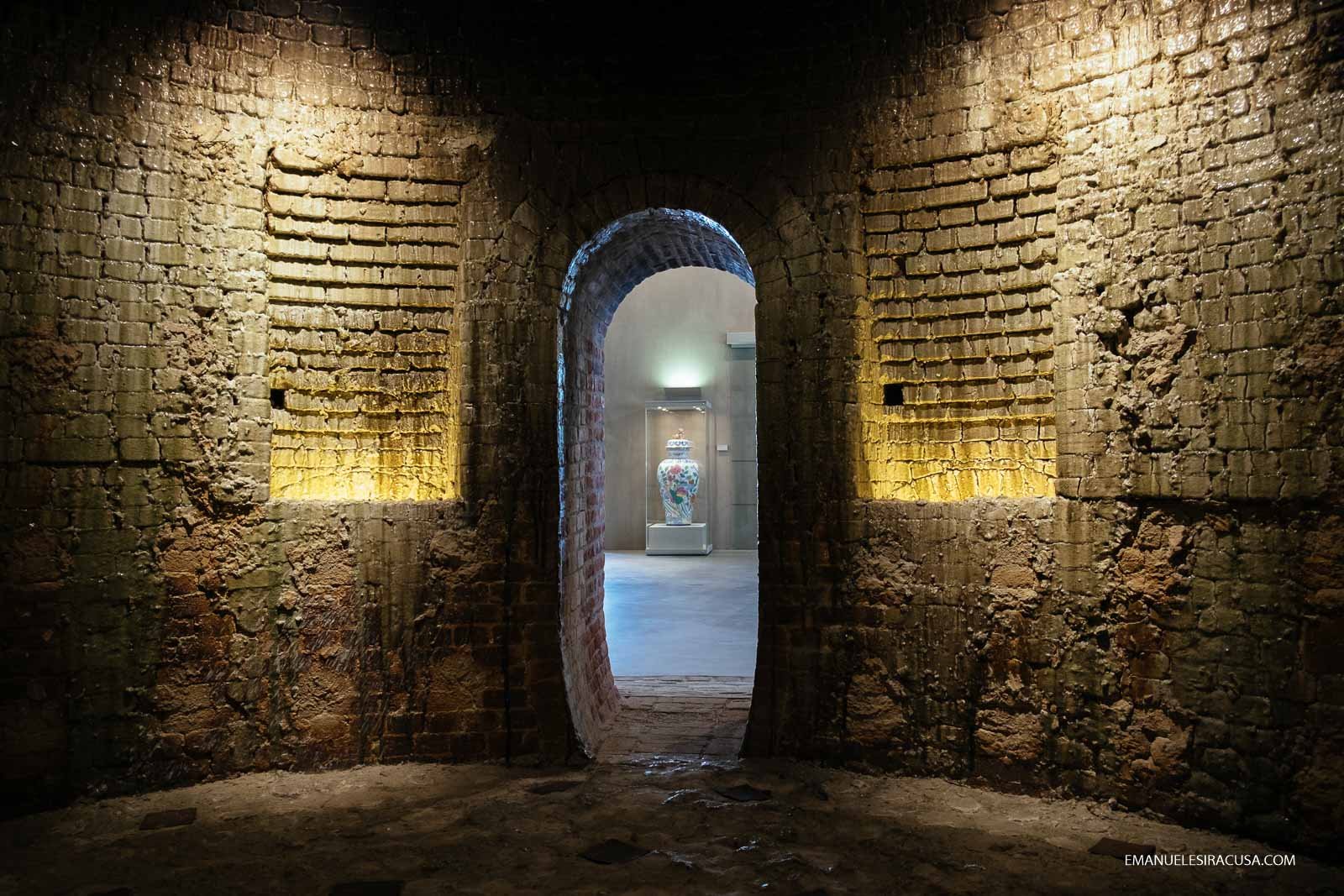 But once you enter the visitor centre of the complex the first thing you are greeted with is the sight of the original factory kiln, as if to remind you exactly where you are.
But once you enter the visitor centre of the complex the first thing you are greeted with is the sight of the original factory kiln, as if to remind you exactly where you are.
Since the factory’s inception, Pinto Basto’s original notion of dedication to perfection in all its guises; artistic, developmental, the constant striving for better production techniques and the care of the workforce, has been strictly adhered to. This dedication has led to Vista Alegre facility, here in Ilhavo, as being one of the most modern porcelain production facilities in the world.
Initially, the factory was designed to produce glassware and soapstone pottery – porcelain clay came later. Its glassware was highly regarded for the quality of its decoration and engraving and was much sought after. However, after the founder had sent his son Augusto Ferreira Pinto Basto to France to study the techniques involved in the production of fine porcelain, the company began to concentrate solely on the development and perfection of this side of the business. Through the success that came with the new knowledge and improved production techniques, in 1880 Vista Alegre ended its production of glassware completely.
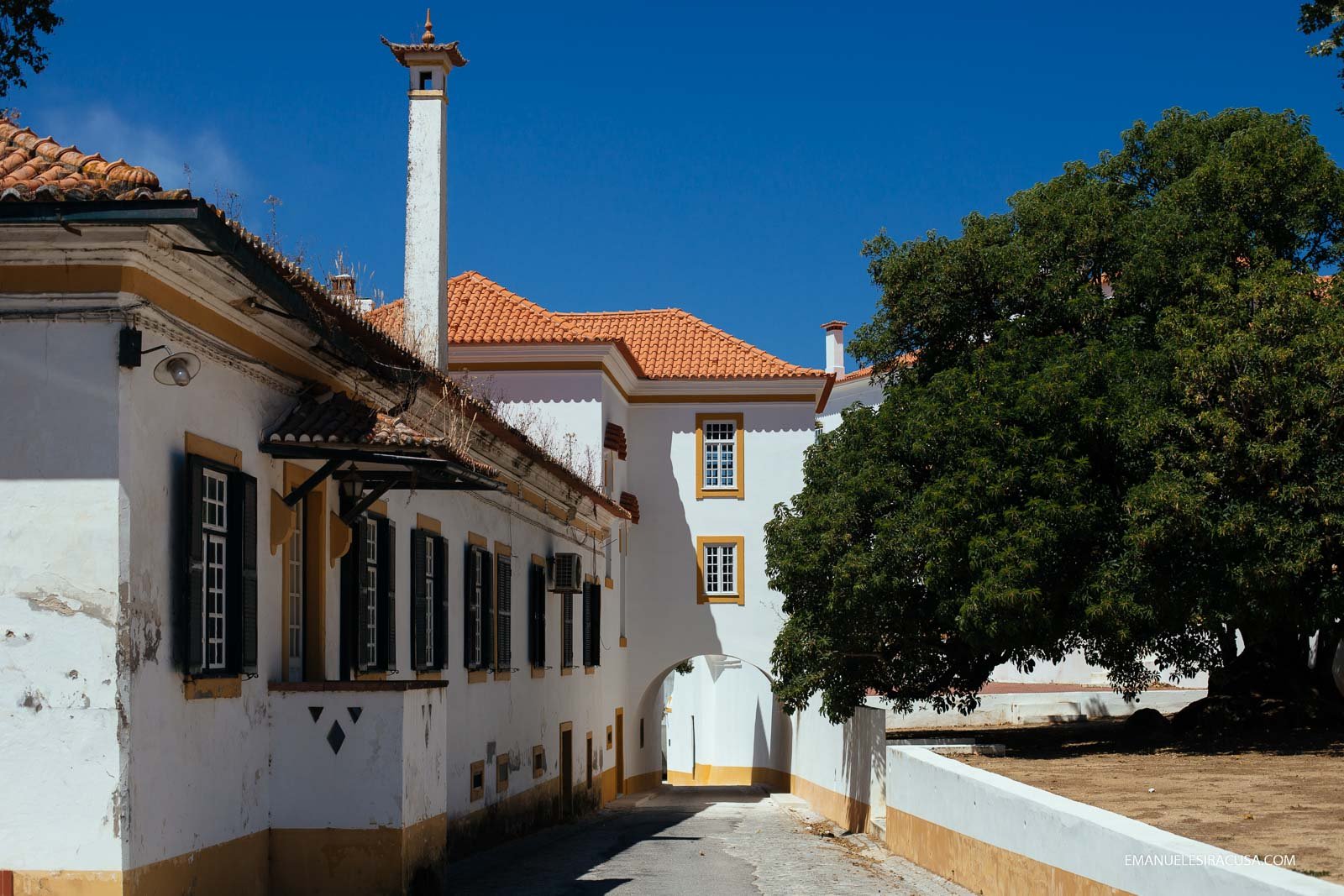 Despite the workings of the factory being on a huge (albeit mostly hidden) industrial scale, there is a lot more to Vista Alegre than vast production lines and the turnover of huge volumes of porcelain dedicated for the hotel and hospitality industry the world over. On a tour of the factory, along with witnessing the complexity of the process and the scale of the firing processes, the studios of the fine artists employed in the hand painting of ‘limited edition’ works comes as a genteel throwback to a bygone age.
Despite the workings of the factory being on a huge (albeit mostly hidden) industrial scale, there is a lot more to Vista Alegre than vast production lines and the turnover of huge volumes of porcelain dedicated for the hotel and hospitality industry the world over. On a tour of the factory, along with witnessing the complexity of the process and the scale of the firing processes, the studios of the fine artists employed in the hand painting of ‘limited edition’ works comes as a genteel throwback to a bygone age.
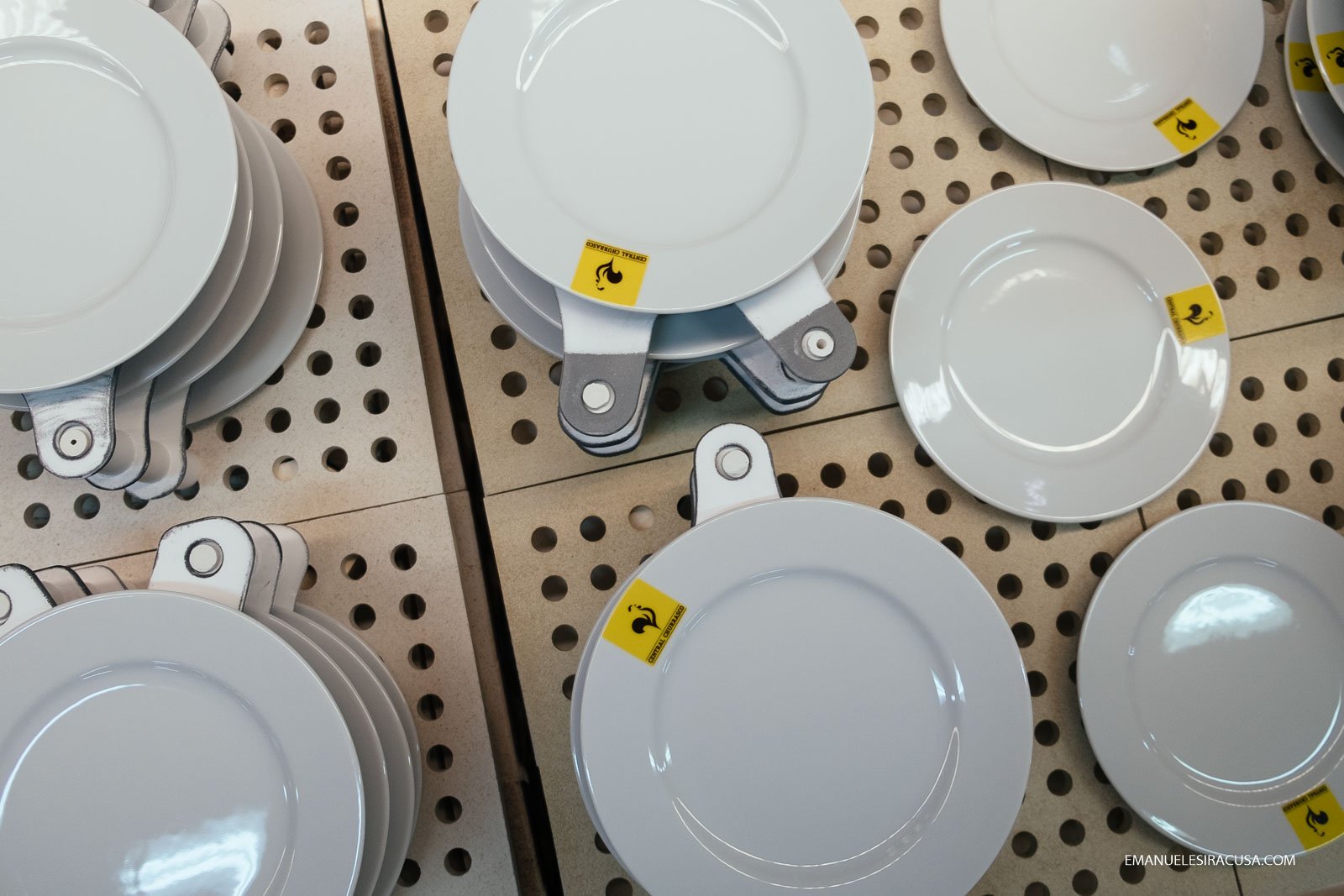
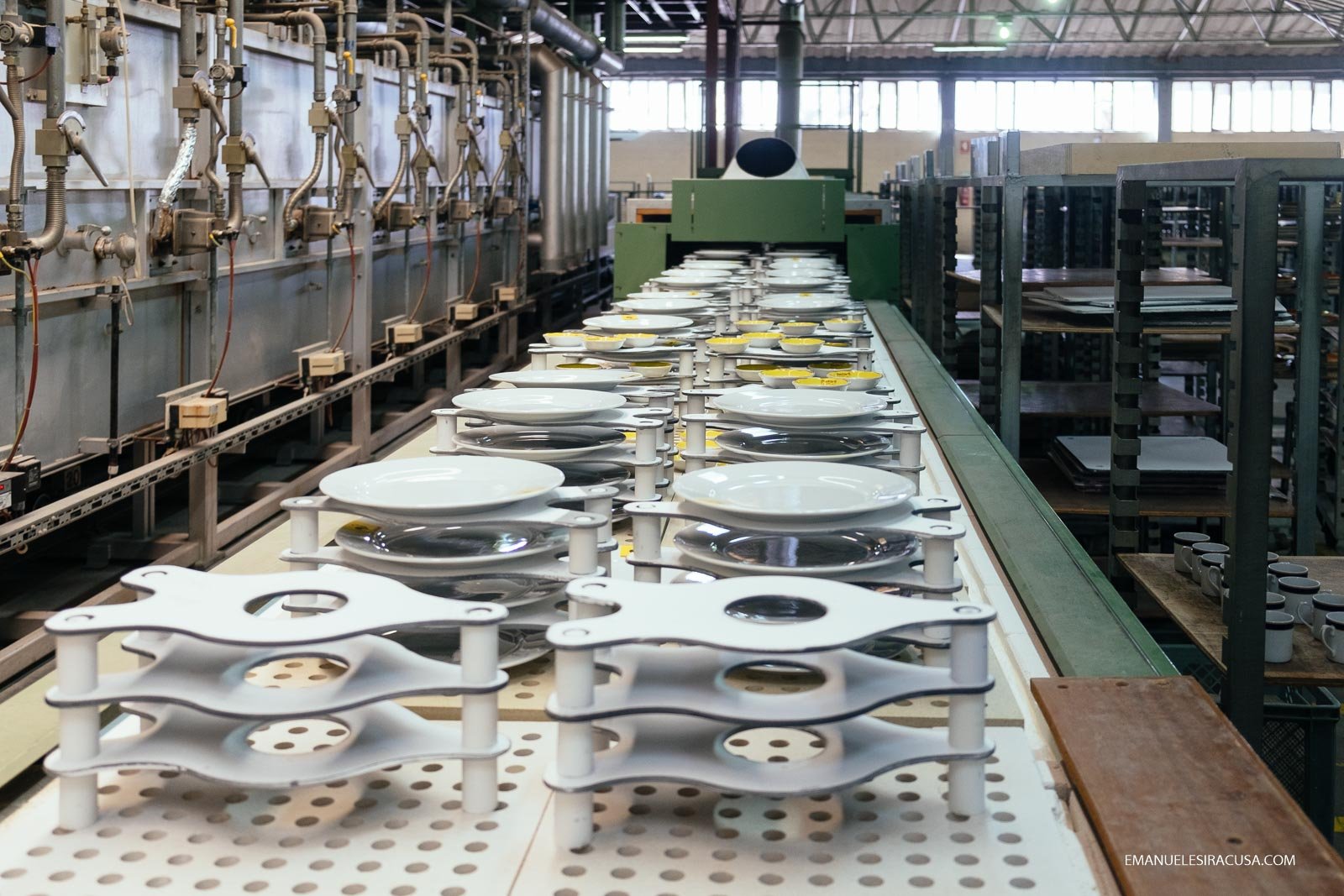 In contrast to the battalions of workers on the factory floor, in a brightly lit room on the upper levels, an ensemble of artists sit silently in concentration at their worktables; mixing paints to match a pre-ordained palette, employing fine brush strokes using delicate tools to decorate objects of exquisite beauty and craftsmanship, and carrying on a tradition deeply embedded in the history of Vista Alegre.
In contrast to the battalions of workers on the factory floor, in a brightly lit room on the upper levels, an ensemble of artists sit silently in concentration at their worktables; mixing paints to match a pre-ordained palette, employing fine brush strokes using delicate tools to decorate objects of exquisite beauty and craftsmanship, and carrying on a tradition deeply embedded in the history of Vista Alegre.
As Teodorico Pais, the company’s director explains, “Most of the artists here have never been to art school, but are carrying on a family tradition which stretches back to the company’s beginnings. The skills being handed down from one generation to the next”.
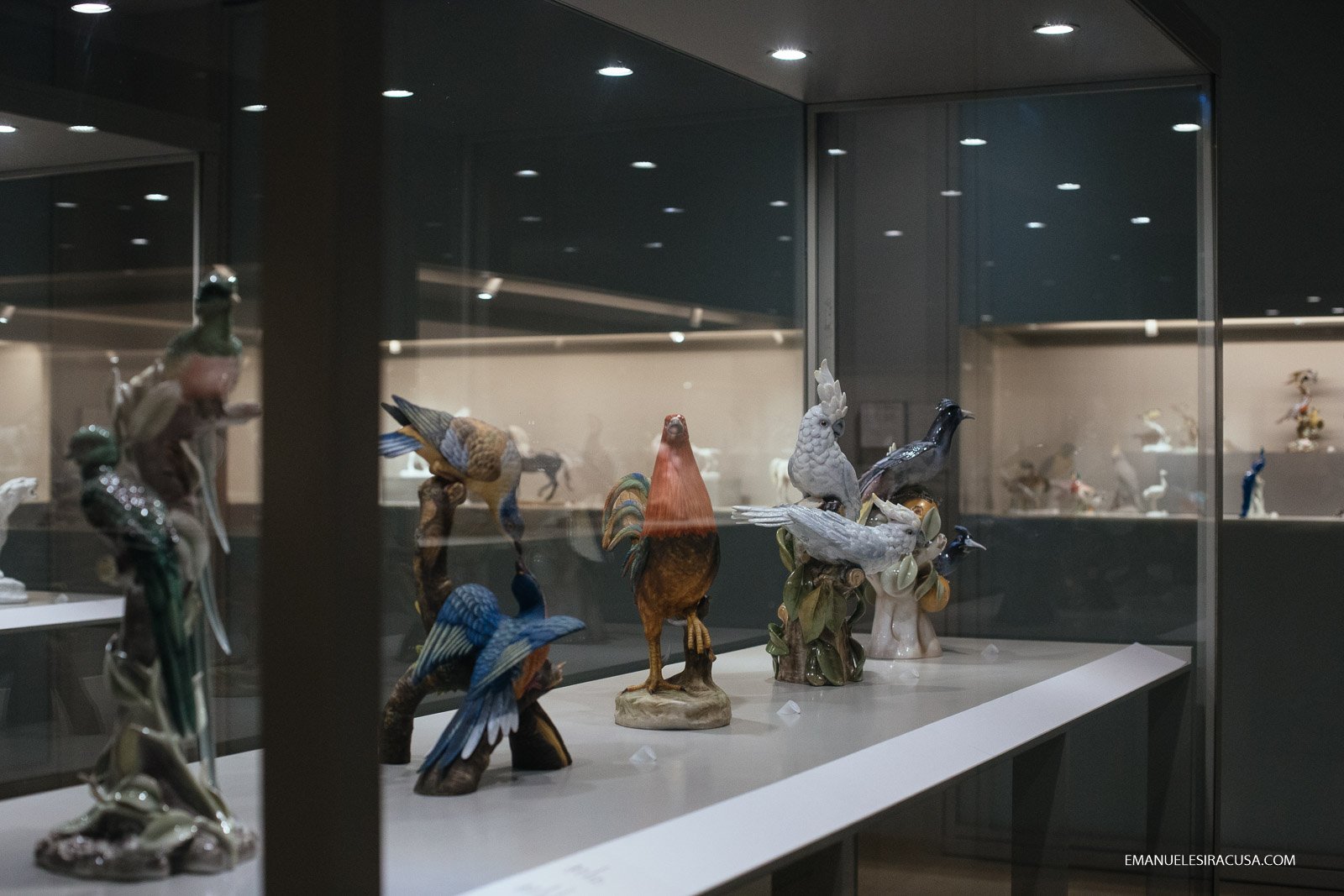
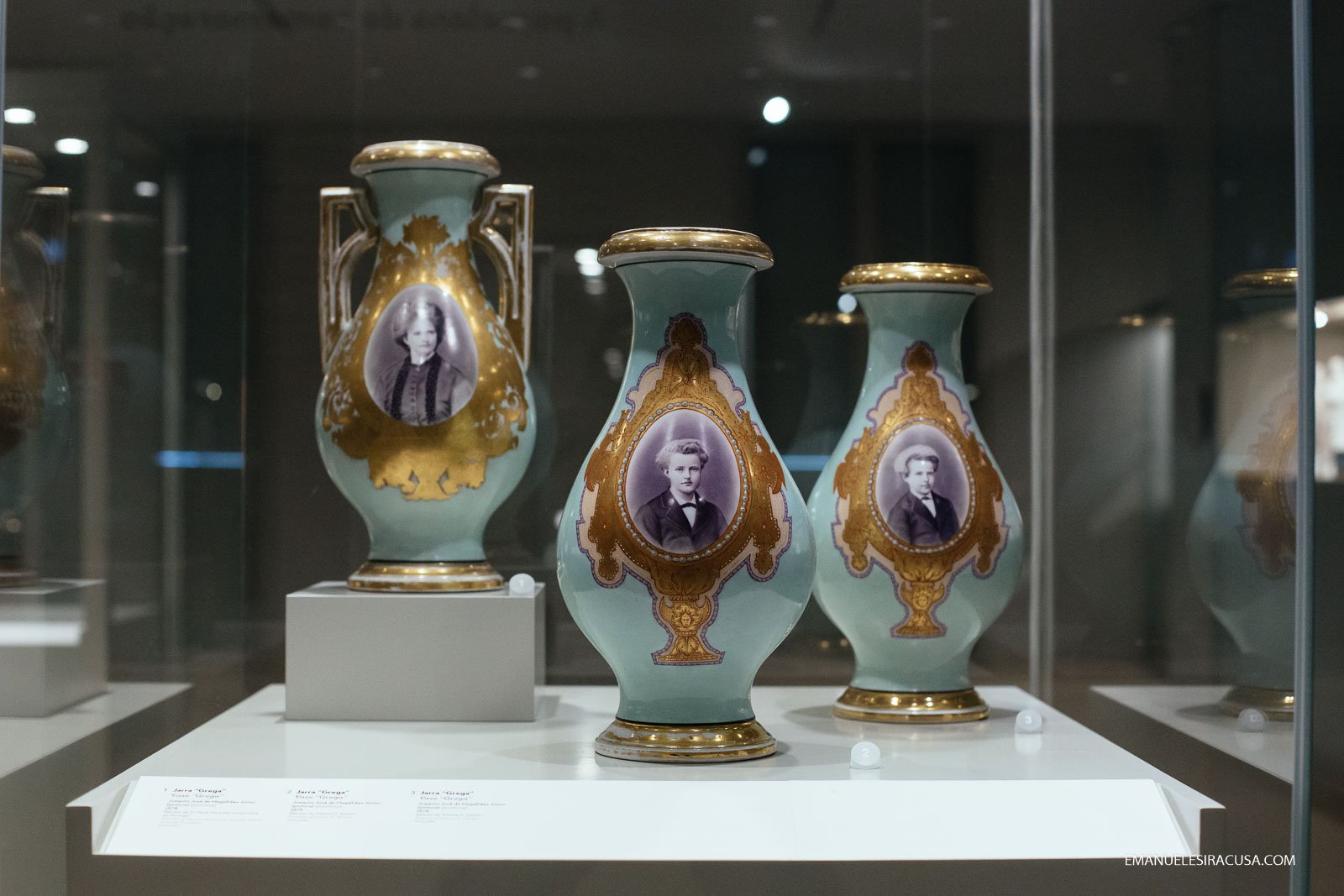 Vista Alegre over the years has had a long association with some of the most famous Portuguese, and world artists, ensuring that the company is willing to change, reflecting the artistic and cultural changes which each new era brings about. It is also this readiness to innovate aesthetically which has assured its revered and admired place in the hearts of collectors and consumers the world over.
Vista Alegre over the years has had a long association with some of the most famous Portuguese, and world artists, ensuring that the company is willing to change, reflecting the artistic and cultural changes which each new era brings about. It is also this readiness to innovate aesthetically which has assured its revered and admired place in the hearts of collectors and consumers the world over.
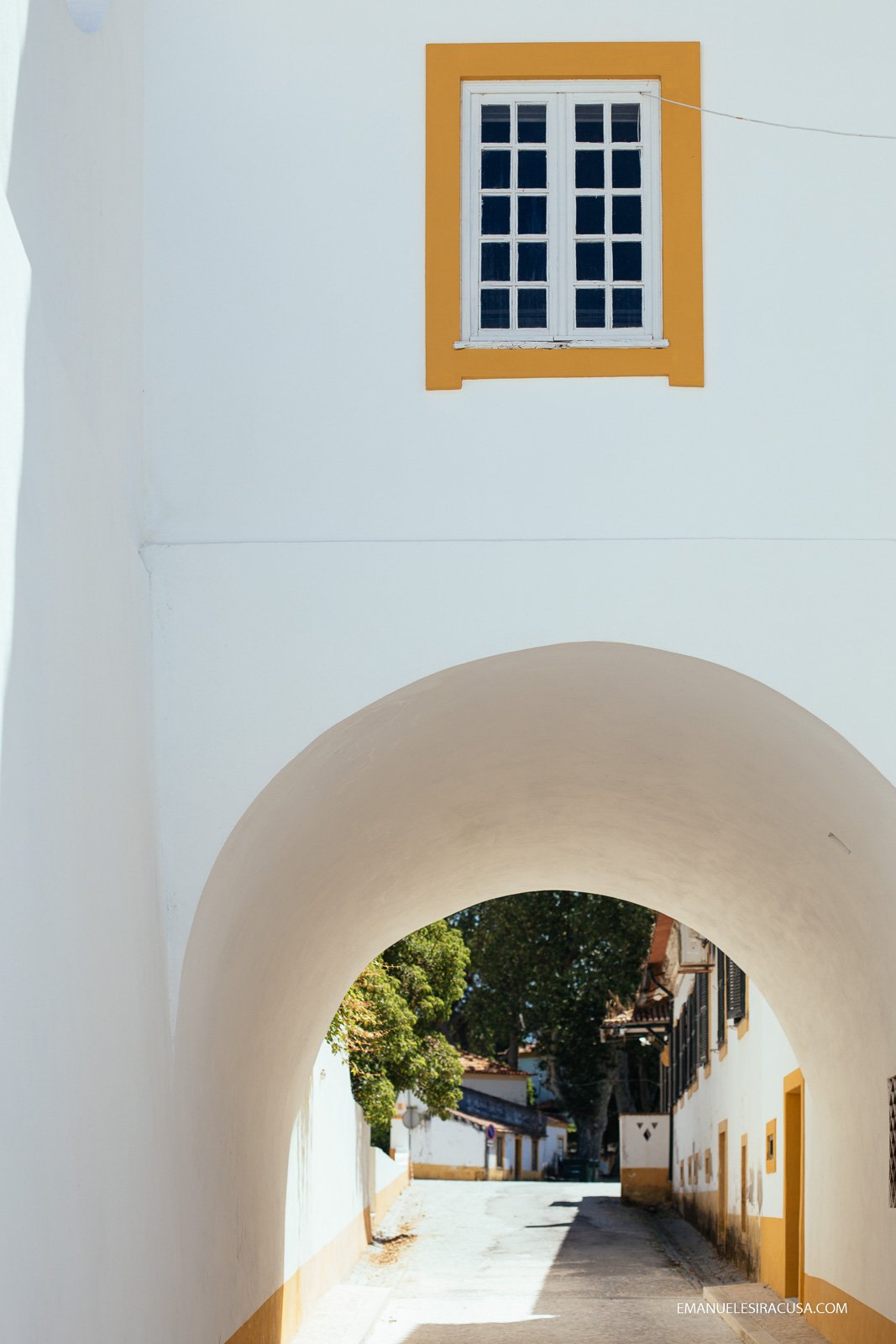
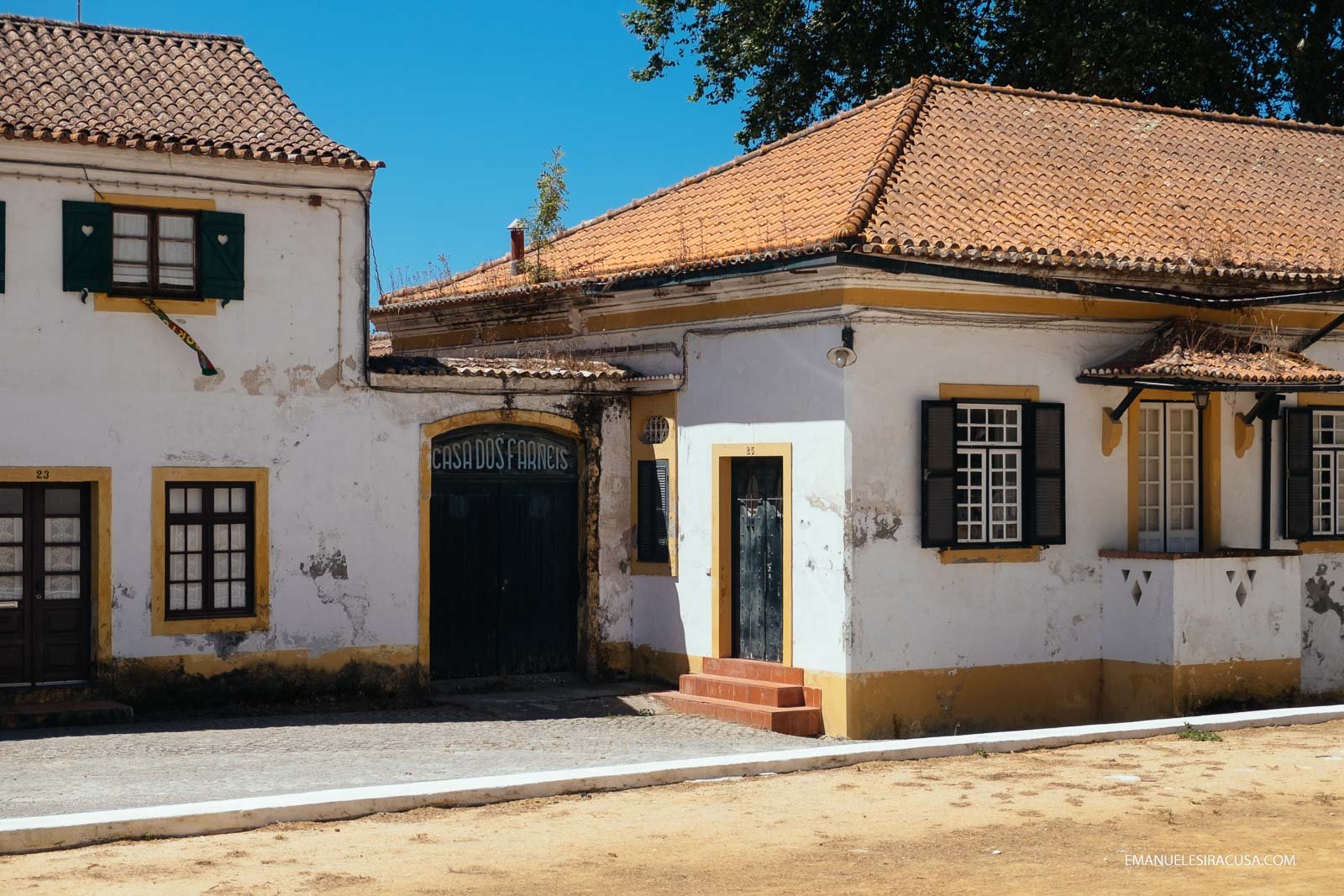 In addition to striving for the highest industrial and artistic principles, the founder of the Vista Alegre company, and subsequent generations of the Pinto Basto family, have long possessed a much-valued sense of social awareness. Soon after the factory’s inception the owner ordered a ‘quarter’ for the workers to be built. Many of the factory’s workforce lived far from the production works and through the construction of up to 100 houses in this early model of social housing, the owners were able to boast of a happily contented workforce. To this day many of the workers still live in these original homes.
In addition to striving for the highest industrial and artistic principles, the founder of the Vista Alegre company, and subsequent generations of the Pinto Basto family, have long possessed a much-valued sense of social awareness. Soon after the factory’s inception the owner ordered a ‘quarter’ for the workers to be built. Many of the factory’s workforce lived far from the production works and through the construction of up to 100 houses in this early model of social housing, the owners were able to boast of a happily contented workforce. To this day many of the workers still live in these original homes.
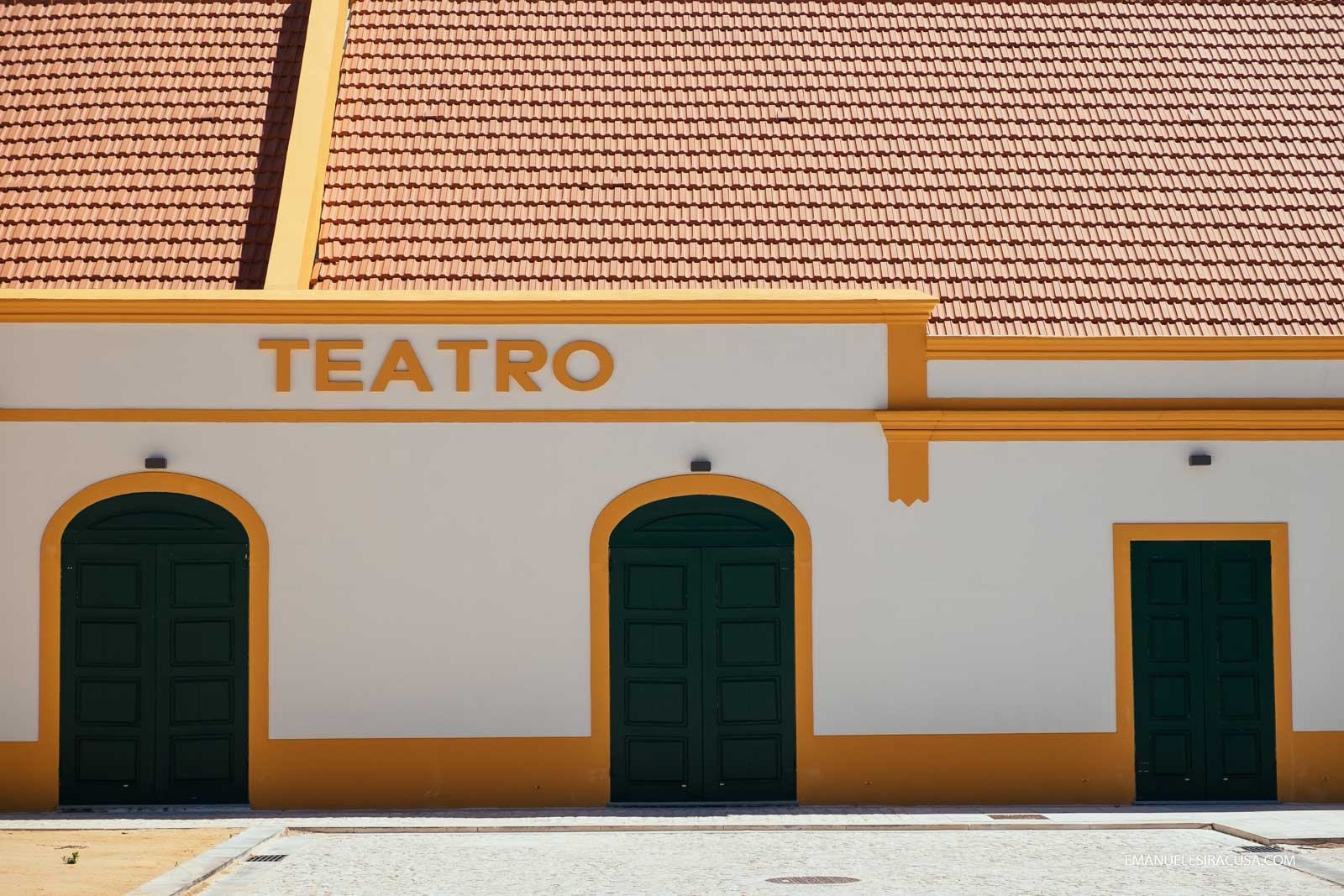 Along with building homes, the Pinto Basto family constructed a theatre and other leisure facilities to occupy the workers in their free time. There was an also a crèche which took care of the worker’s children free of charge. As odd as it may seem, the Pinto Basto family are also credited with bringing the game of football to mainland Portugal, a nation which has gone on to embrace the game to the same highest levels as demanded at Vista Alegre. It is said that in 1889 Guilherme Pinto Basto organised the first international football match involving two teams from Portugal and England (Portugal winning 2-1).
Along with building homes, the Pinto Basto family constructed a theatre and other leisure facilities to occupy the workers in their free time. There was an also a crèche which took care of the worker’s children free of charge. As odd as it may seem, the Pinto Basto family are also credited with bringing the game of football to mainland Portugal, a nation which has gone on to embrace the game to the same highest levels as demanded at Vista Alegre. It is said that in 1889 Guilherme Pinto Basto organised the first international football match involving two teams from Portugal and England (Portugal winning 2-1).
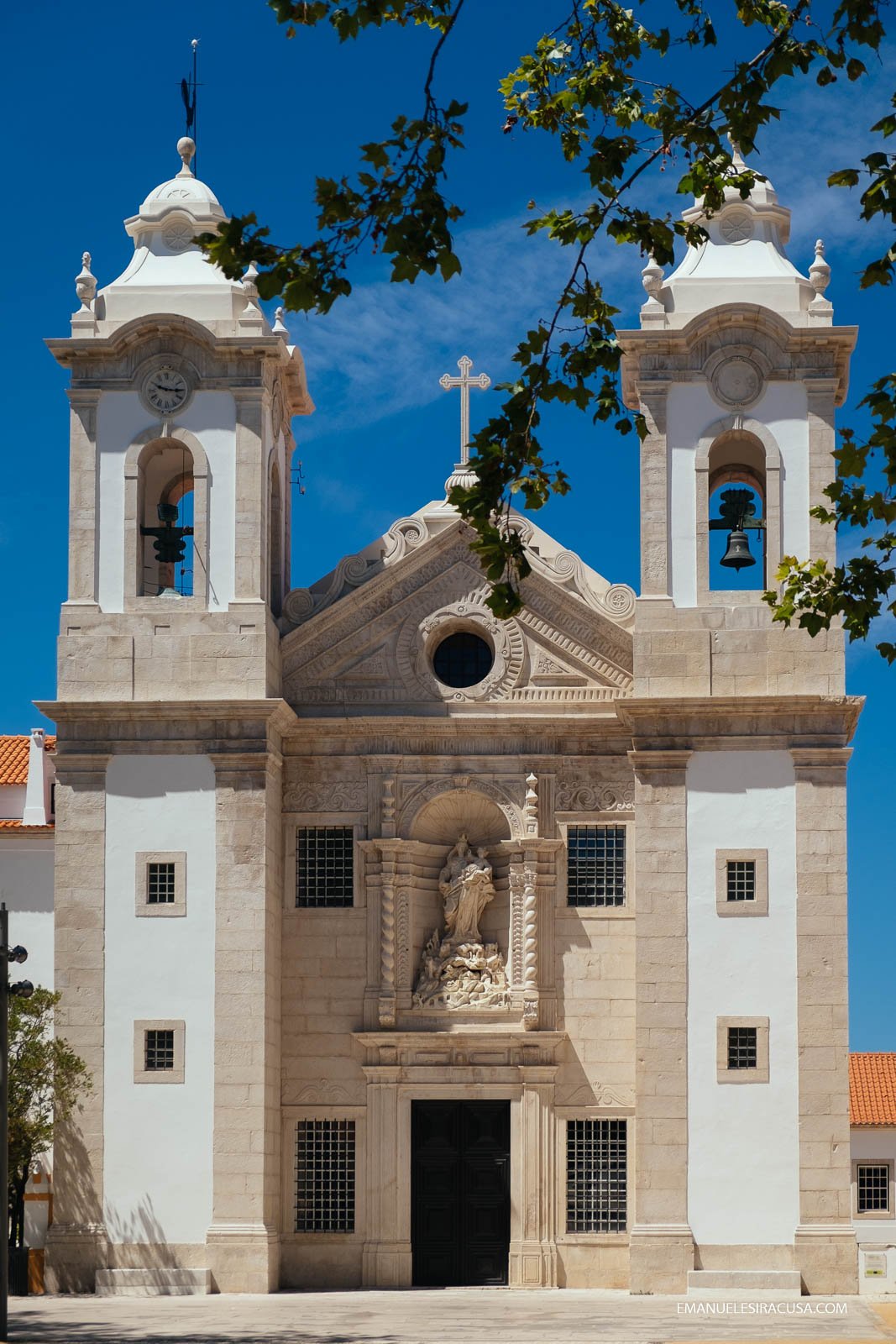
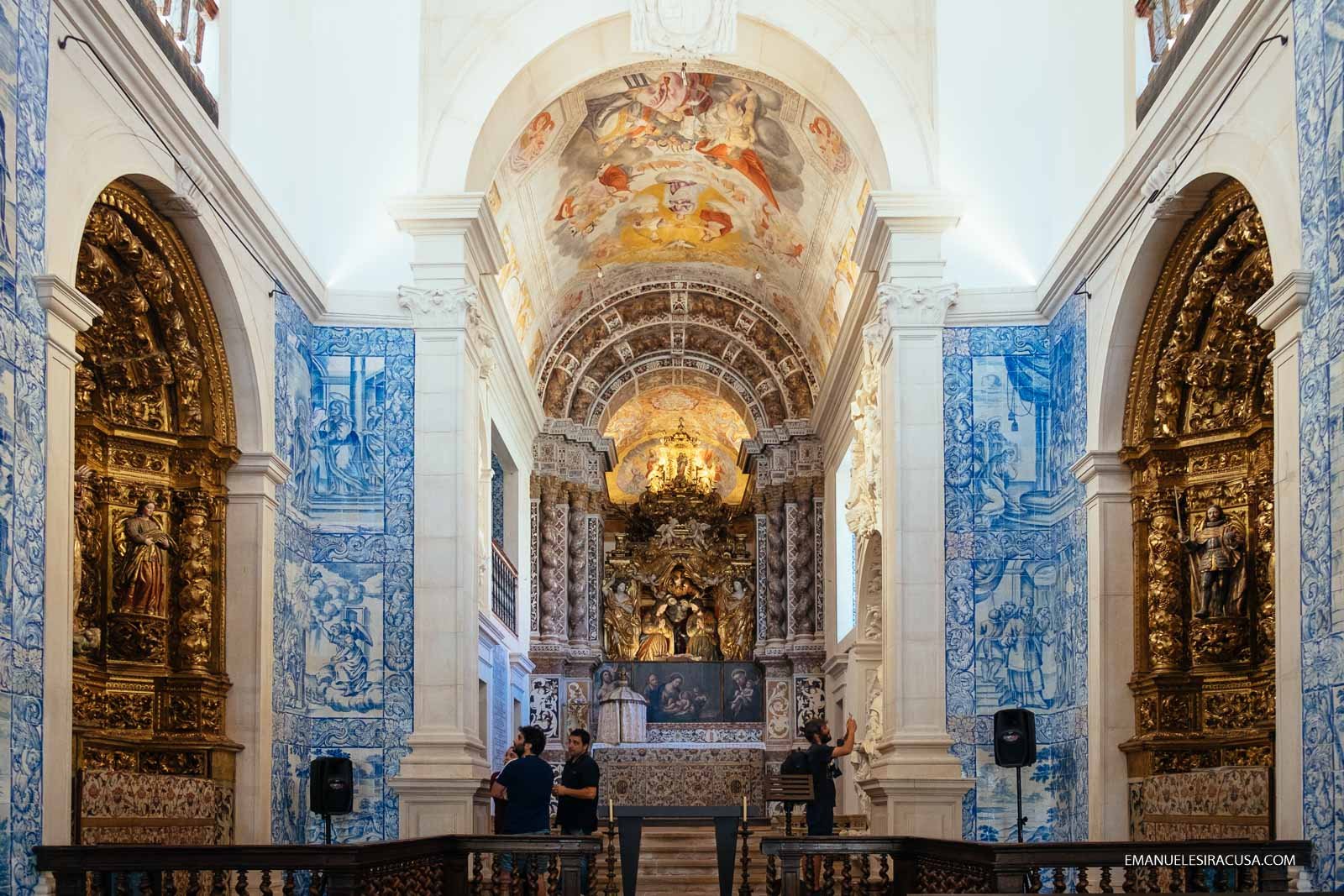 The small town surrounding the Vista Alegre plant is a true delight, complemented by a visit to the factory’s museum and interpretive centre, and a visit to the town’s church – The Chapel of Our Lady of Penha de França, whose typical blue azulejo tiles were designed by the Spanish artist Gabriel del Barco in 1694, and in whose interior you can find the ornately decorated tomb of its founder, Bishop D. Manuel de Moura Manuel – is a rare delight for any visitor to the area.
The small town surrounding the Vista Alegre plant is a true delight, complemented by a visit to the factory’s museum and interpretive centre, and a visit to the town’s church – The Chapel of Our Lady of Penha de França, whose typical blue azulejo tiles were designed by the Spanish artist Gabriel del Barco in 1694, and in whose interior you can find the ornately decorated tomb of its founder, Bishop D. Manuel de Moura Manuel – is a rare delight for any visitor to the area.
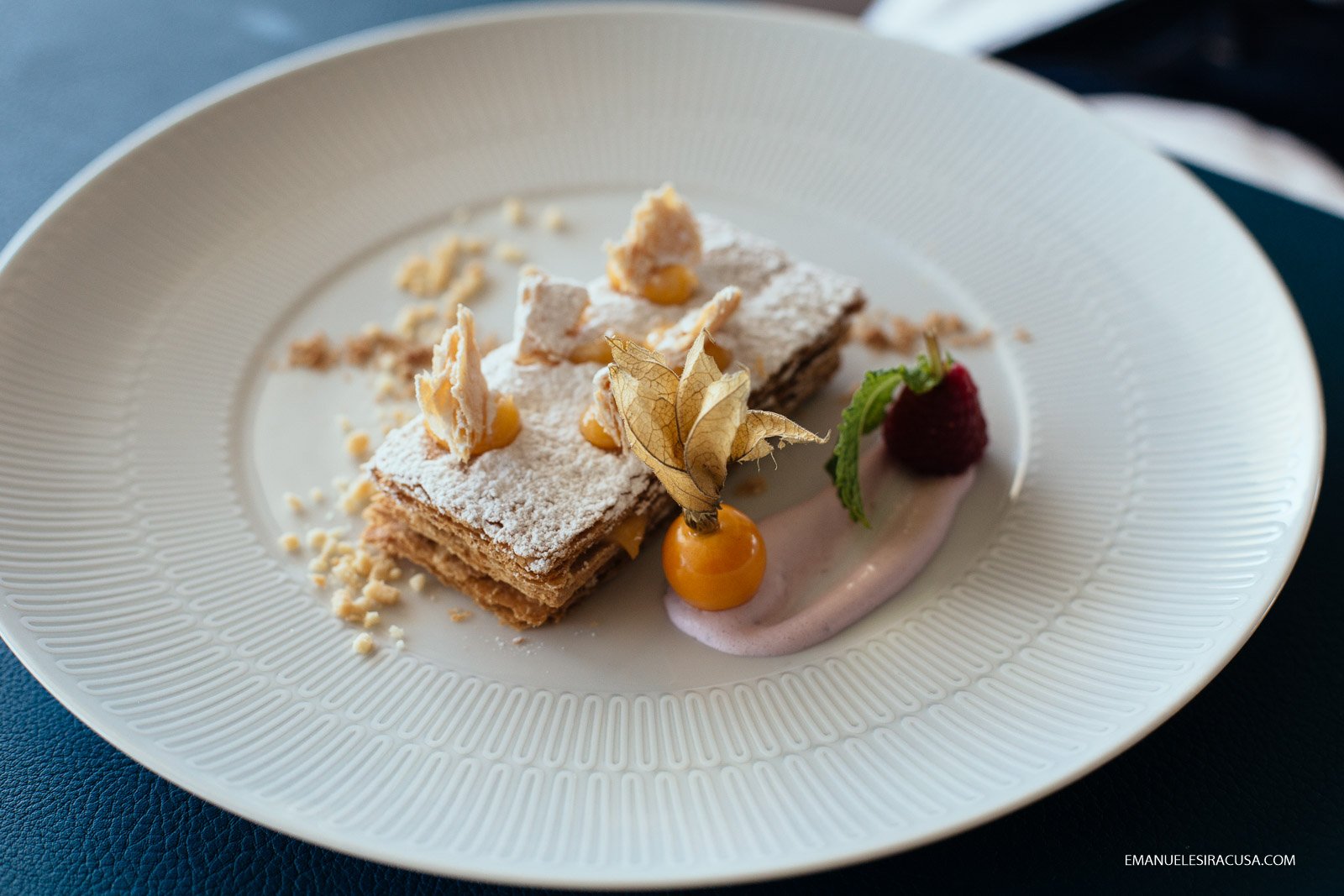
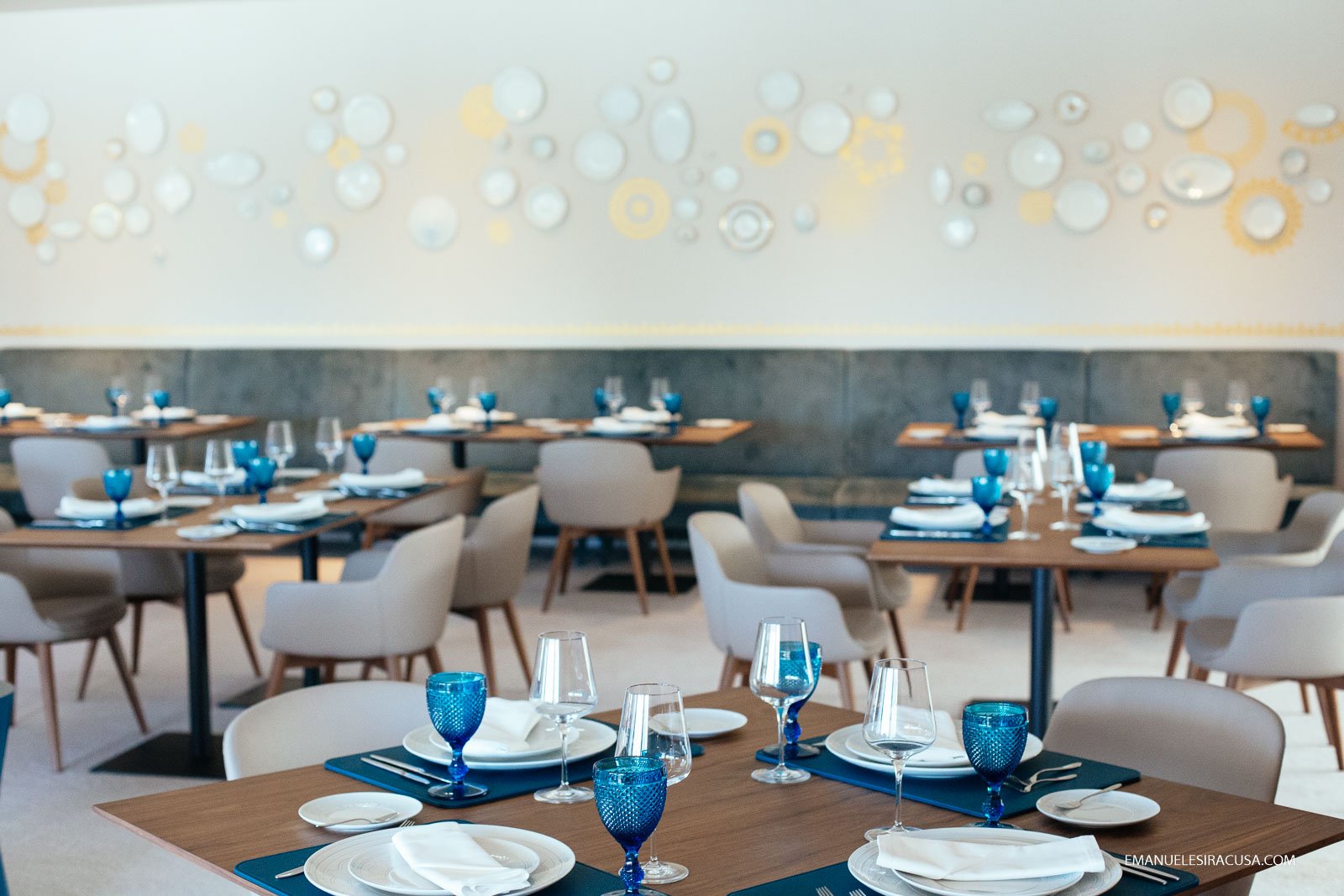
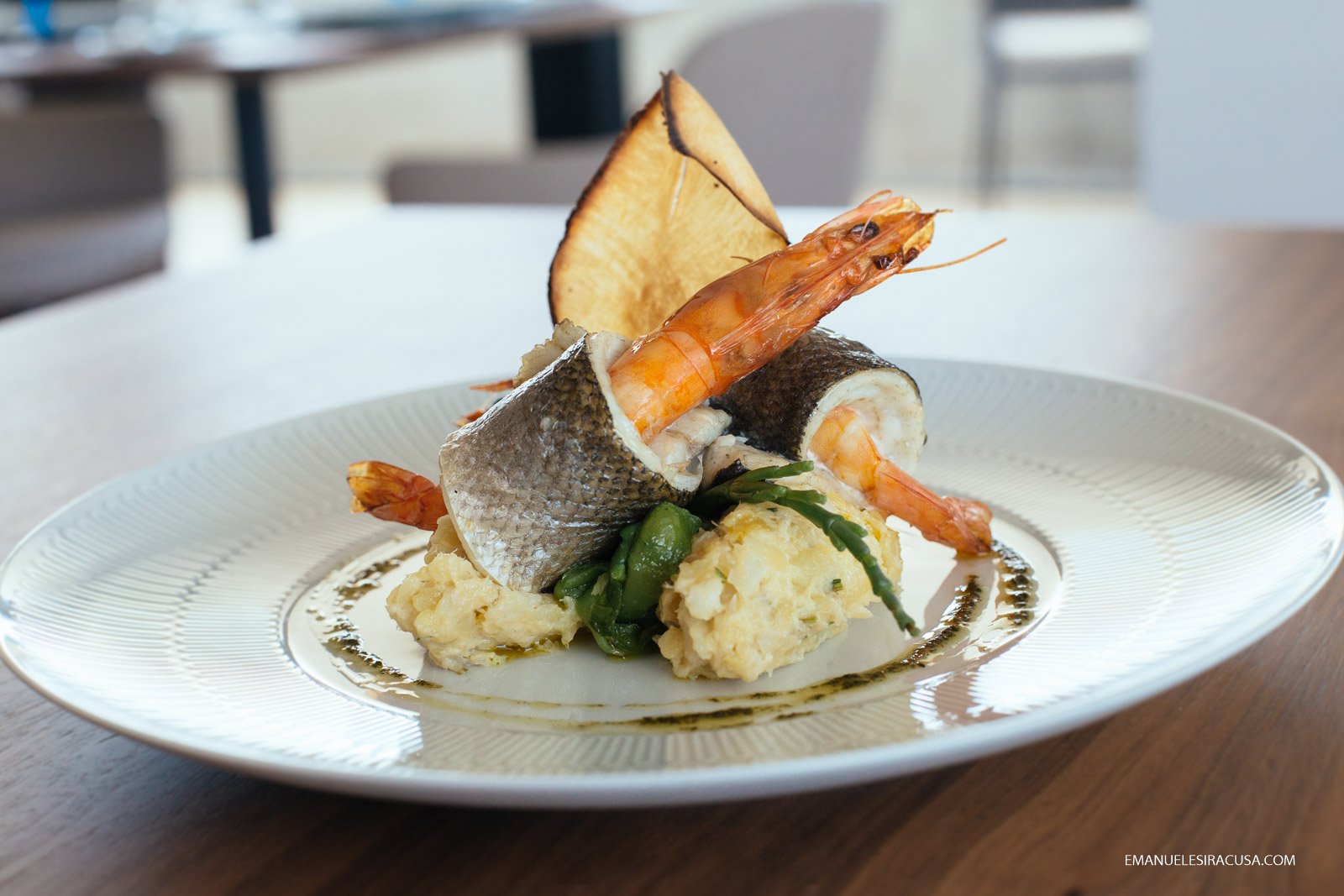 In addition to a visit to Vista Alegre, take the time to explore (or stay in) the neighbouring Montebelo Vista Alegre Hotel. An opulently stylish affair, and as their mission statement elicits, ‘it is built on a desire to enhance and promote the universal value of the assets of Vista Alegre company and its multiple manifestations’. To put it simply, it is a hotel whose charm, style and dedication to professionalism match that of the porcelain works. Along with being a superbly appointed hotel, the kitchens and the gastronomy produced there also mirror that striving for excellence as exemplified by Vista Alegre.
In addition to a visit to Vista Alegre, take the time to explore (or stay in) the neighbouring Montebelo Vista Alegre Hotel. An opulently stylish affair, and as their mission statement elicits, ‘it is built on a desire to enhance and promote the universal value of the assets of Vista Alegre company and its multiple manifestations’. To put it simply, it is a hotel whose charm, style and dedication to professionalism match that of the porcelain works. Along with being a superbly appointed hotel, the kitchens and the gastronomy produced there also mirror that striving for excellence as exemplified by Vista Alegre.
It is in the same spirit of the founder, José Ferreira Pinto Basto, that the raison d’etre of Vista Alegre; its dedication to perfection in production and aesthetics, and its social consciousness, will allow it to continuously evolve and grow harmoniously with the environment. For the visitor, this continuous striving for quality will ensure that your visit to this small, but hugely important part of Portuguese history and culture will come as a thorough joy and surprise.
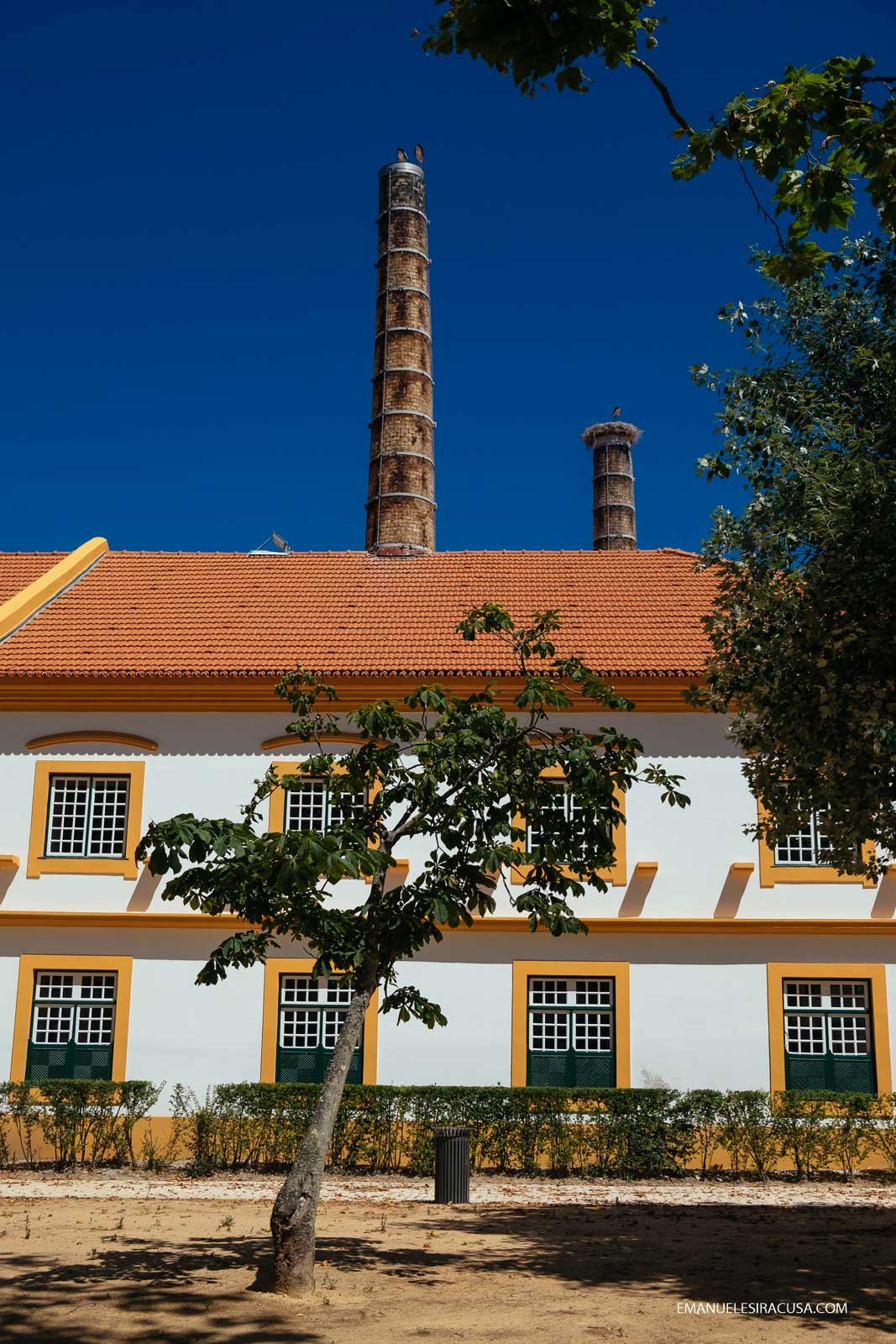 And remember, when you arrive in that leafy square in Ilhavo, surrounded by an array of immaculate houses and crowned by the tower of the nearby church, you are not lost, you have arrived at the home of the founder, José Ferreira Pinto Basto and the ideals of Vista Alegre.
And remember, when you arrive in that leafy square in Ilhavo, surrounded by an array of immaculate houses and crowned by the tower of the nearby church, you are not lost, you have arrived at the home of the founder, José Ferreira Pinto Basto and the ideals of Vista Alegre.
This Vista Alegre post is a part of a series of 5 posts I wrote based on my journey to the Aveiro region in July 2016. Please find the links o the other articles bellow:
Disclaimer:
This Vista Alegre post was written by my inspiring friend Brendan Harding as part of my ongoing collaboration with the Centro de Portugal Tourism Board. All opinions are my own. Photo credits to Emanuele Siracusa.
Brendan Harding
My name is Brendan Harding and I was born and raised in Ireland – that small teddy-bear-shaped island which clings to the edge of the European landmass.
3 Comments
Add comment Cancel reply
This site uses Akismet to reduce spam. Learn how your comment data is processed.







[…] Vista Alegre […]
[…] Vista Alegre […]
[…] Vista Alegre […]